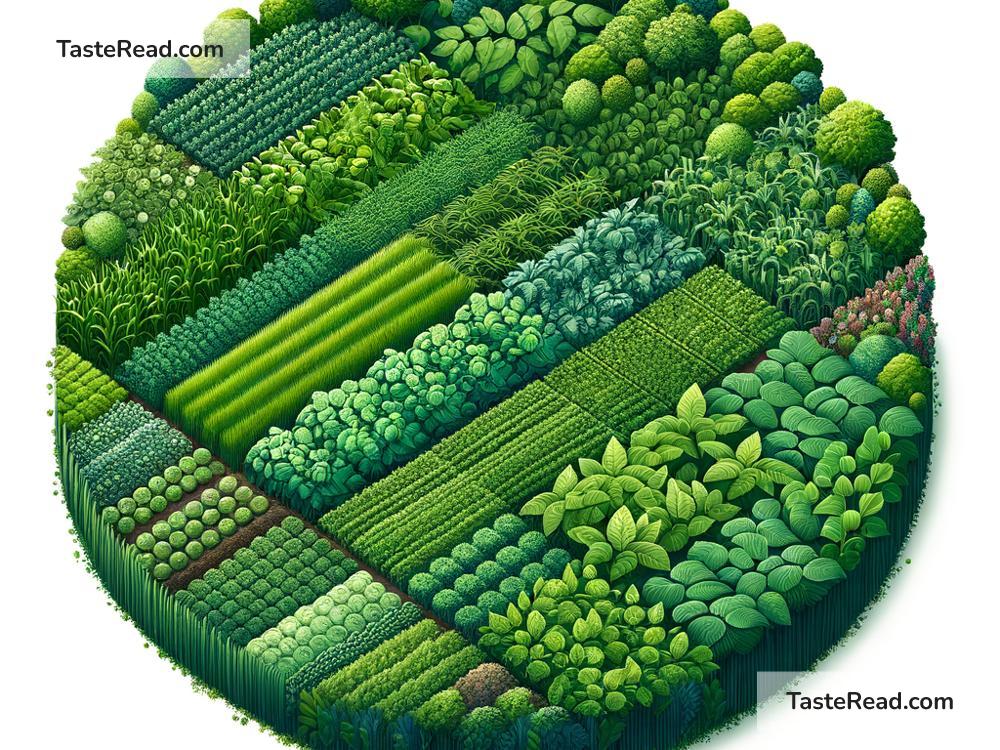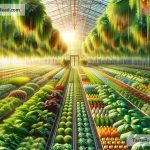Exploring the Role of Intercropping in Ingredient Production
If you’ve ever walked through a farm or a garden, you may have noticed how sometimes plants are arranged in a way that seems a bit mixed up – like they’re all jumbled together instead of being in neat rows of the same type. This isn’t a mistake or bad gardening; in fact, it’s a clever technique called intercropping, and it plays a significant role in producing the ingredients we use every day. Let’s dive into what intercropping is and how it benefits ingredient production in simple English.
What is Intercropping?
Intercropping is a farming approach that involves growing two or more crops together in the same space at the same time. The idea is to create a symbiotic relationship where the plants can help each other grow better than if they were grown separately. Imagine it as a team of plants, where each member brings something unique to the table, making the team stronger together.
How Does Intercropping Work?
The magic of intercropping lies in its diversity. By mixing different plants together, farmers can make the most out of their land. Here are a few ways how:
- Nutrient Sharing: Some plants are good at grabbing certain nutrients from the soil, while others might be better at attracting different ones. When grown together, these plants can share and make the most out of the soil’s nutrients.
- Pest and Disease Control: Different plants can also help keep pests and diseases at bay. Some might repel specific insects, while others can attract beneficial bugs that eat harmful pests.
- Maximizing Space: Intercropping can help fill in the gaps, making sure every bit of space is used efficiently. For example, tall plants can provide shade for shorter, shade-loving plants.
Benefits in Ingredient Production
When it comes to producing ingredients, whether for food, cosmetics, or medicines, intercropping offers a basket full of benefits:
- Sustainability: By making the most out of the land and reducing the need for chemical fertilizers and pesticides, intercropping is a more sustainable and eco-friendly way of farming.
- Higher Yields: With the right combination of plants, farmers can often harvest more from an intercropped field than if the crops were grown separately, leading to more ingredients produced per square foot.
- Better Quality: The healthier and more balanced environment provided by intercropping can contribute to the growth of higher-quality ingredients, which is great news for any product relying on these ingredients.
- Resilience: Diverse fields are generally more resilient to extreme weather, pests, and diseases. This means there’s a better chance of having a reliable supply of ingredients year after year.
Intercropping in Practice
In the real world, intercropping is used in a variety of ways. For instance, a common practice is to grow legumes (like beans and peas) alongside grains (like corn or wheat). The legumes naturally add nitrogen to the soil—a key nutrient that grains need to grow—reducing the need for synthetic fertilizers.
But it’s not just about grains and legumes. In spices and herb production, farmers might intercrop different herbs together to enhance their aromatic properties or to protect them from pests. In tropical regions, coffee or cocoa plants are often grown under the shade of larger fruit trees, protecting the soil and ensuring high-quality beans.
The Challenges
Despite its benefits, intercropping isn’t a one-size-fits-all solution. It requires careful planning and knowledge about which plants go well together. There’s also the challenge of managing different crops with varying needs and harvest times. Plus, not all machinery is designed for mixed planting, making some aspects of care and harvesting more labor-intensive.
Nevertheless, as the world looks for more sustainable and efficient ways to produce our daily needs, intercropping stands out as a promising technique. It’s an ancient method, but with modern interest in eco-friendly and sustainable practices, it’s gaining the recognition it deserves in the world of ingredient production.
Intercropping shows us that sometimes, mixing things up and working together—be it in farming or in life—can lead to better, healthier outcomes for everyone involved. As we continue to explore and refine these methods, the future of farming and ingredient production looks not only more sustainable but also more bountiful.


